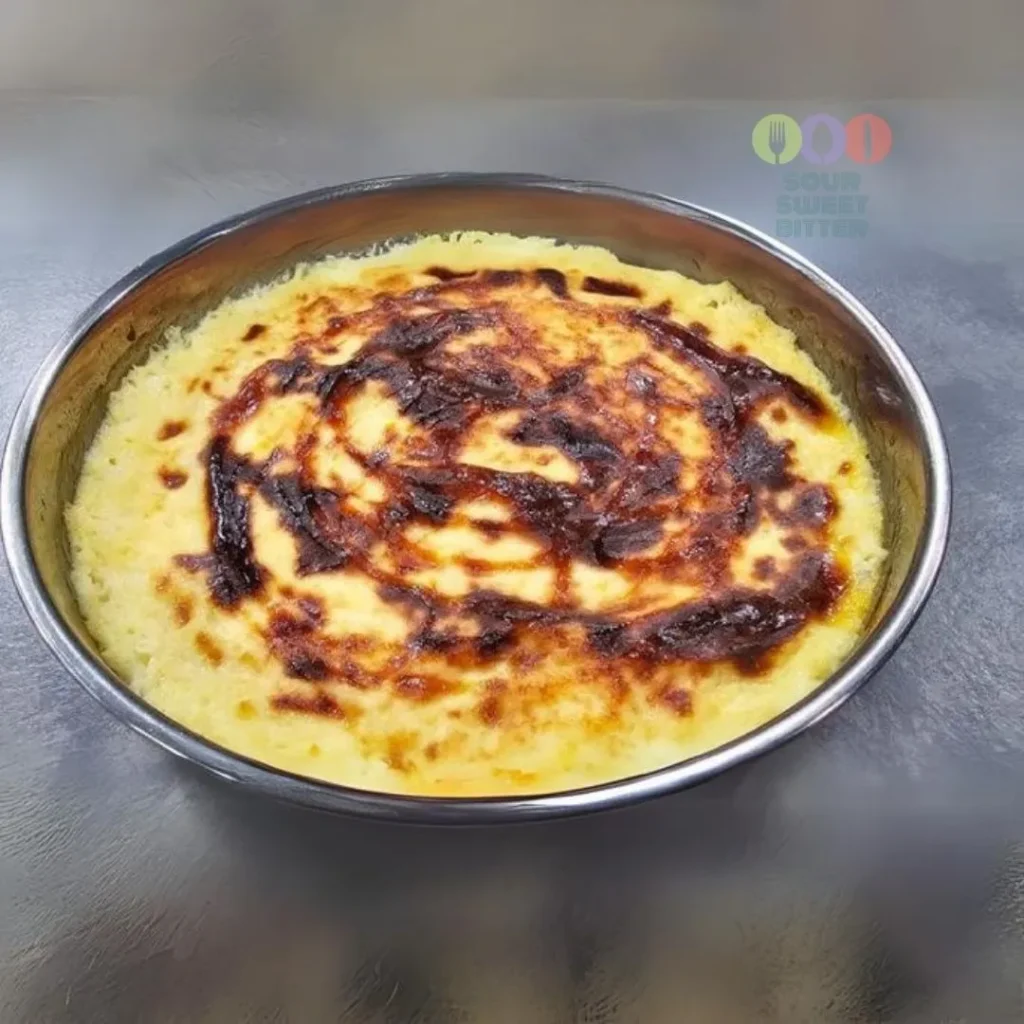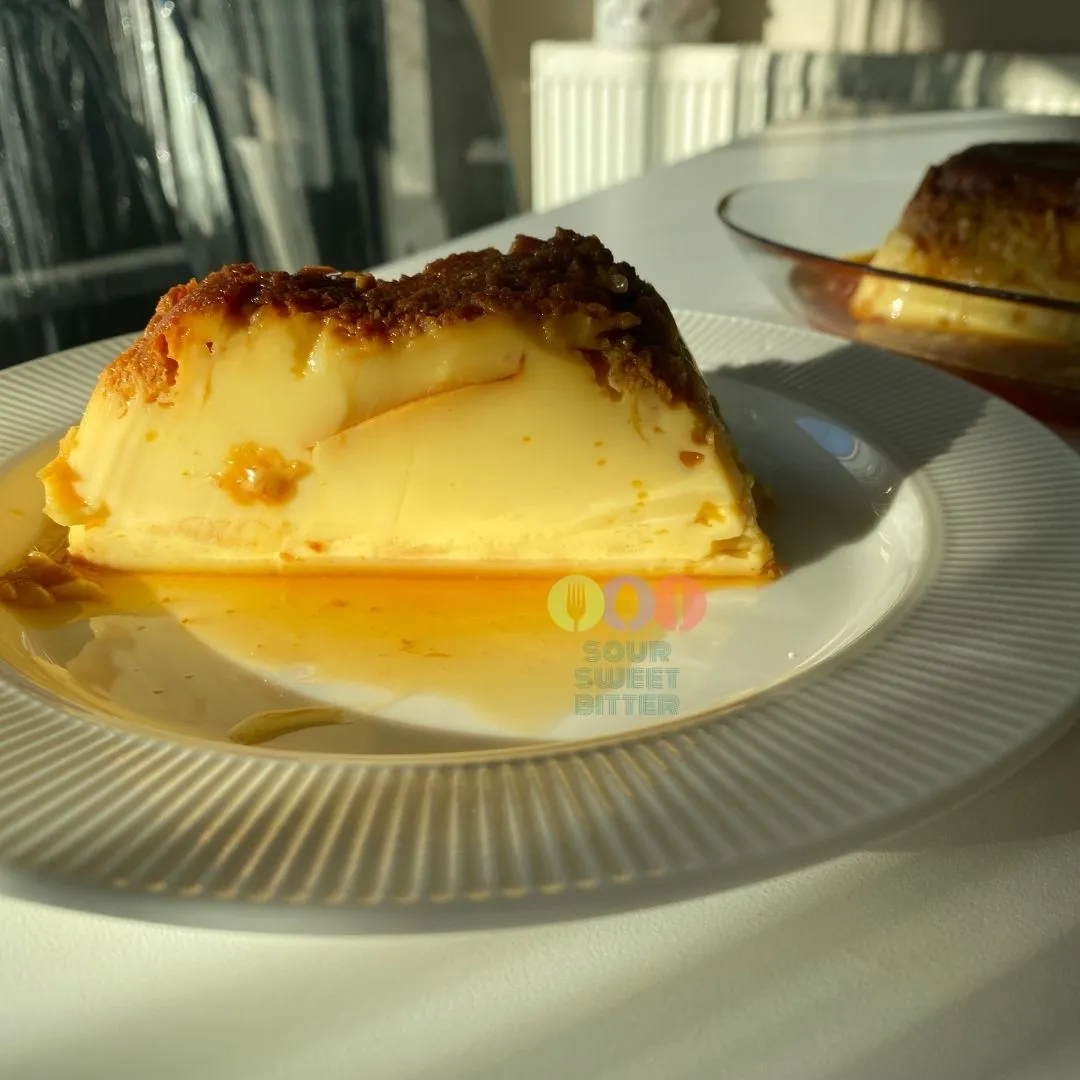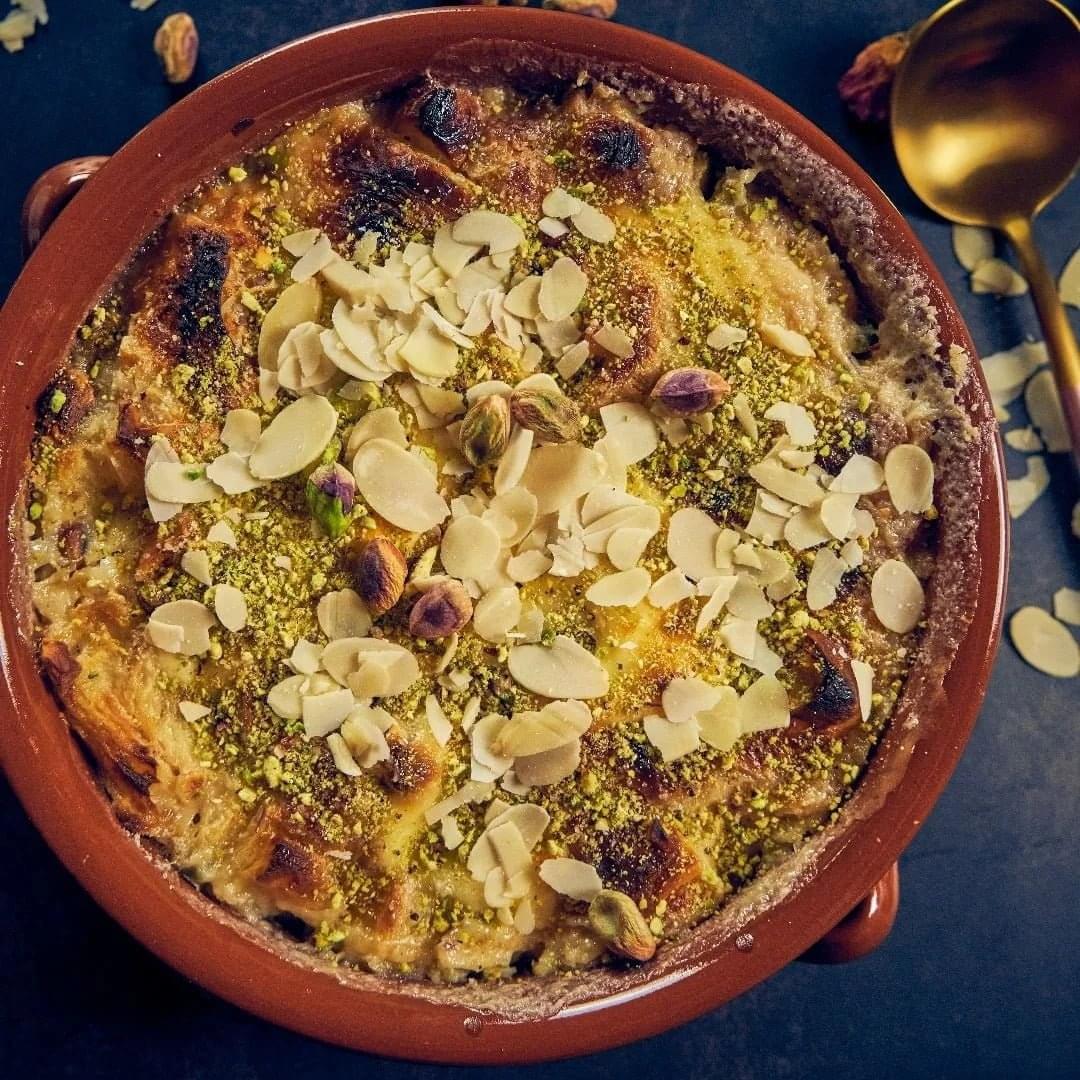The Rich Cultural and Historical Heritage of Qumeshtor in Albania
Qumeshtor, a traditional Albanian dessert made from milk, is more than just a sweet treat. It represents centuries of history, culture, and culinary tradition. Made from simple ingredients like milk, eggs, and flour, this dish has deep roots in Albania’s rural life. Therefore, it holds a special place in the hearts of its people, carrying the essence of Albanian hospitality and resourcefulness.
Historical Roots: A Pastoral Legacy
The origins of this dessert stem from Albania’s rich pastoral history. For centuries, livestock farming has been central to rural life. Dairy products like milk, cheese, and yogurt formed the backbone of the diet, which gave rise to dishes like Qumeshtor. Farmers, in particular, used their abundant milk to create comforting, nourishing foods.
In the past, families typically prepared this dish for religious festivals, weddings, and gatherings. Since the simple ingredients made it accessible to all, its creamy texture was perfect for special occasions. Passed down through generations, it remains a cherished heritage dish even today.
A Symbol of Albanian Hospitality
In Albanian culture, hospitality is highly valued. Indeed, food plays a major role in welcoming guests. Albanians treat visitors with great respect, and traditional dishes reflect this generosity. The concept of “besa”—a pledge of honor and trust—often accompanies the custom of sharing meals like this dessert. Consequently, it represents the warmth of Albanian homes, bringing people together over shared meals.
Traditionally, families made large trays of this milk-based dish for guests during important events. In rural areas, it still appears at family gatherings. As a result, it’s not just food; it fosters connection and togetherness.
Modern Interpretations: Tradition Meets Innovation
Although rooted in tradition, this dessert has adapted to modern tastes. Today, chefs frequently experiment with new flavors while maintaining its essence. For instance, some versions include vanilla, lemon zest, or cinnamon to add fresh layers of taste.
Restaurants across Albania proudly feature this dish on their menus. Moreover, tourists looking for authentic cuisine often enjoy it. Whether made at home or served in a restaurant, the blend of tradition and innovation keeps it popular among new generations.
Cultural Symbolism
This dessert reflects the simple yet meaningful aspects of Albanian culture. It speaks to Albania’s agricultural roots, where food symbolizes life, family, and tradition. Furthermore, it represents the passing of knowledge from one generation to the next, a central element of Albanian life.
Its connection to milk, a symbol of fertility and life, adds deeper meaning. Historically, families who could offer dairy products like this one were seen as prosperous. Thus, every serving carries this cultural significance.
A Journey Through Flavor and Heritage
As Albania modernizes, traditional dishes like this one serve as a link to the past. Consequently, this dessert remains a favorite, cherished by Albanians and gaining recognition beyond its borders.
Whether enjoyed warm from a village oven or served in a restaurant, it carries the flavors of Albania’s history. It embodies the hospitality of its people and the natural landscape that has shaped the nation’s cuisine.
In summary, this dessert is more than a simple dish. It reflects Albania’s cultural values, its connection to nature, and the warmth shared within families. Therefore, each bite offers a taste of Albania’s past and the traditions that have kept this dish alive for generations.
Discover Traditional Albanian Recipes Discover Traditional Recipes from Europe You may like this also: Venezuelan Majarete
Albanian Qumeshtor
Ingredients
Instructions
-
Preheat the oven to 180°C (350°F).
-
In a large mixing bowl, whisk the eggs and sugar together until smooth and well-blended.
-
Add the flour slowly, continuing to whisk to avoid lumps.
-
Gradually pour in the milk, stirring constantly, and then add the melted butter, vanilla extract, and a pinch of salt. Mix until the batter is fully combined and smooth.
-
Grease a large baking dish (approximately 30x20 cm) with butter.
-
Pour the mixture into the dish, ensuring an even spread.
-
Bake for about 35-40 minutes, or until the top is golden and the custard is set. The Qumeshtor should have a firm, but soft texture.
-
Cool the Qumeshtor for a few minutes, then cut into squares.
-
You can dust with powdered sugar for extra sweetness or enjoy it as is.
-
Your homemade Albanian Qumeshtor is ready. Të bëftë mirë!
Note
This dish is often enjoyed warm or at room temperature and can be served for breakfast or dessert.












